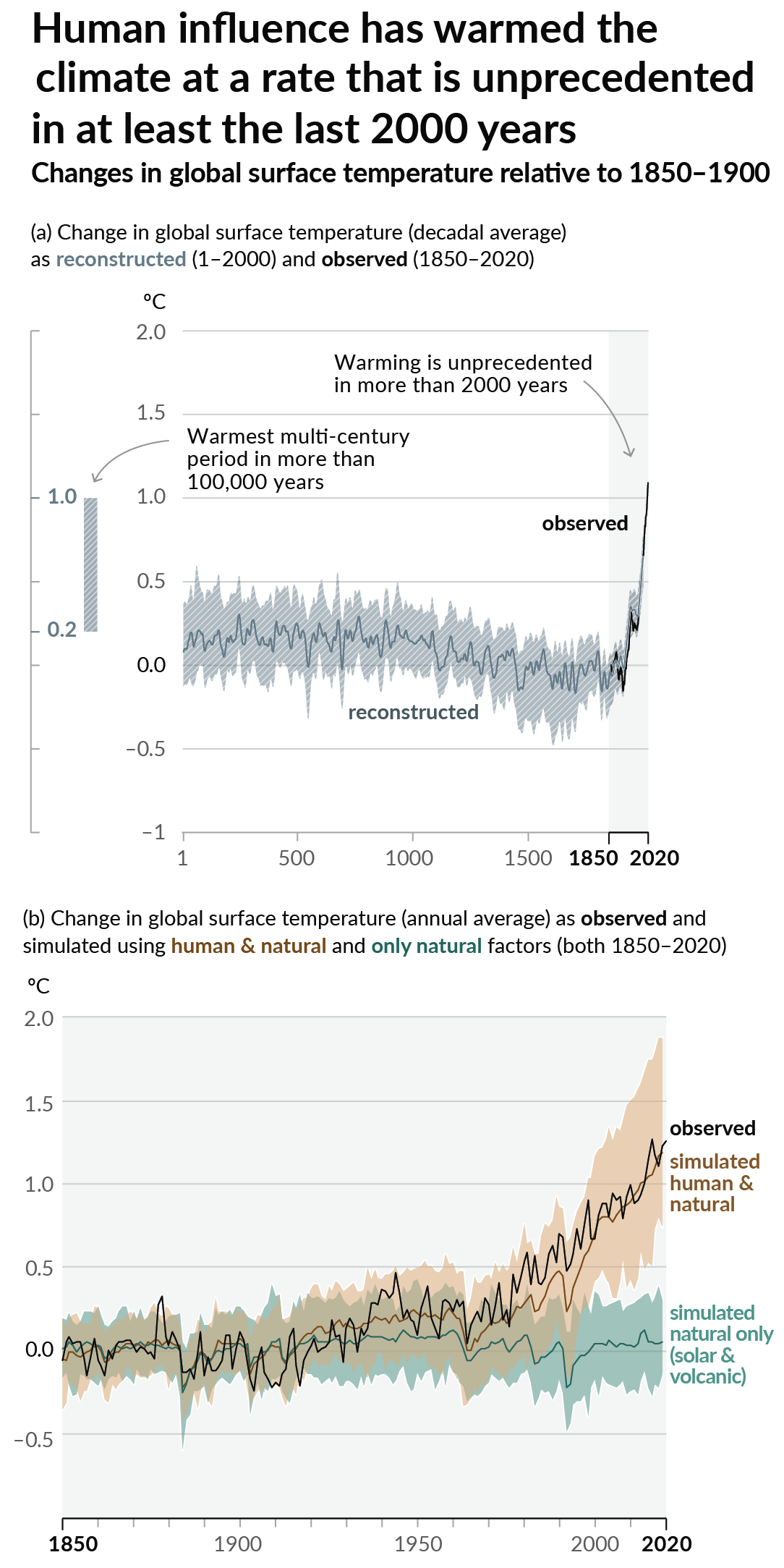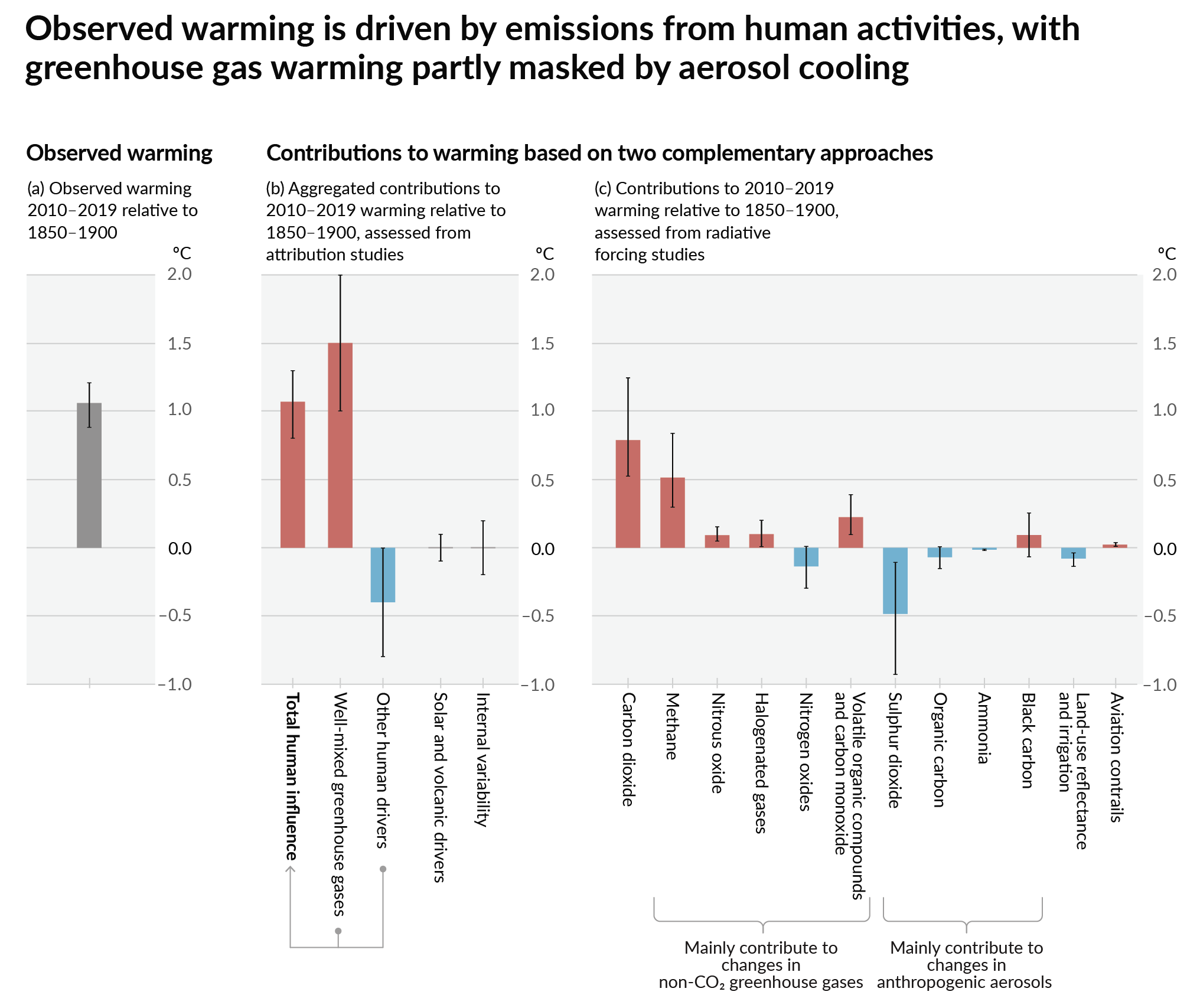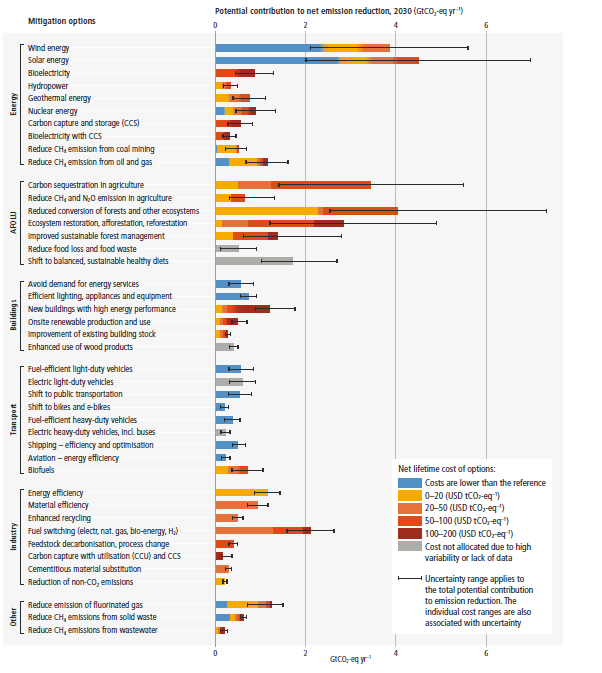There's no way we will stop in time for +2°C.
Climate - truthful information about climate, related activism and politics.
Discussion of climate, how it is changing, activism around that, the politics, and the energy systems change we need in order to stabilize things.
As a starting point, the burning of fossil fuels, and to a lesser extent deforestation and release of methane are responsible for the warming in recent decades:

How much each change to the atmosphere has warmed the world:

Recommended actions to cut greenhouse gas emissions in the near future:

Anti-science, inactivism, and unsupported conspiracy theories are not ok here.
That's a human decision, and one that's not yet done. I'll be doing every bit I can for every tenth of a degree.
God I love this comment. Well said.
It'll melt.
Seems like a key new paper, but not surprising to me. It takes a long time to melt ice kilometers thick, so it's the integral of warming that counts. However once its altitude drops below a certain level, the snow on the top becomes rain, and it can only go down.
threshold GMT between 1.7 °C and 2.3 °C
could be not far away now -and note also (abstract):
even temporarily overshooting the temperature threshold, without a transition to a new ice-sheet state, still leads to a peak in SLR of up to several metres

